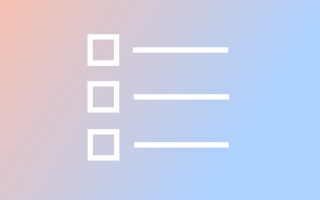Angular Material is a popular library of pre-built UI components for Angular applications. It provides a set of beautiful, responsive, and reusable UI components that can be used to create a dashboard application quickly and efficiently. In this article, we’ll explore how to effectively use Angular Material in dashboard applications.
What is a Dashboard Application?
A dashboard application is a web-based application that provides real-time insights into data and business metrics through interactive visualizations. It is designed to help users monitor and analyze data in a visual and intuitive way. A dashboard application typically consists of several components, including charts, tables, filters, and menus.
Benefits of Using Angular Material in Dashboard Applications
Angular Material provides several benefits when used in dashboard applications, including:
- Consistent UI: Angular Material provides a set of consistent UI components, which can be easily customized to fit the application’s design requirements.
- Reusability: The pre-built components in Angular Material are reusable, which reduces development time and effort.
- Accessibility: Angular Material components are built with accessibility in mind, which ensures that the application is accessible to all users, including those with disabilities.
- Responsive design: Angular Material components are designed to be responsive, which ensures that the application is accessible on different screen sizes and devices.
Effective Use of Angular Material in Dashboard Applications
To effectively use Angular Material in dashboard applications, consider the following best practices:
- Use Material Design Principles
Angular Material follows the Material Design principles, which provide a set of guidelines for creating beautiful and functional UI designs. To ensure consistency and usability, it is essential to follow these principles when designing your dashboard application. - Use Pre-built Components
Angular Material provides a set of pre-built components, including charts, tables, and menus, which can be used to build your dashboard application quickly and efficiently. These components are easy to use and can be customized to fit your design requirements. - Customize Components
Although Angular Material provides a set of pre-built components, it is important to customize them to fit your application’s design requirements. You can customize the components by modifying the CSS or using the theming capabilities provided by Angular Material. - Use Responsive Design
Dashboard applications are used on different screen sizes and devices, so it is important to use responsive design when using Angular Material components. Angular Material components are designed to be responsive, so you can use them to create a dashboard application that is accessible on different devices and screen sizes. - Use Accessibility Features
Accessibility is an essential aspect of any web application, and Angular Material provides several accessibility features, including ARIA support, keyboard navigation, and high-contrast mode. By using these features, you can ensure that your dashboard application is accessible to all users, including those with disabilities.
Conclusion
Angular Material is a powerful library that can be used to create beautiful and functional dashboard applications quickly and efficiently. By following the best practices outlined in this article, you can create a dashboard application that is consistent, accessible, and responsive. Remember to use Material Design principles, pre-built components, customize components, use responsive design, and accessibility features when using Angular Material in your dashboard applications.



